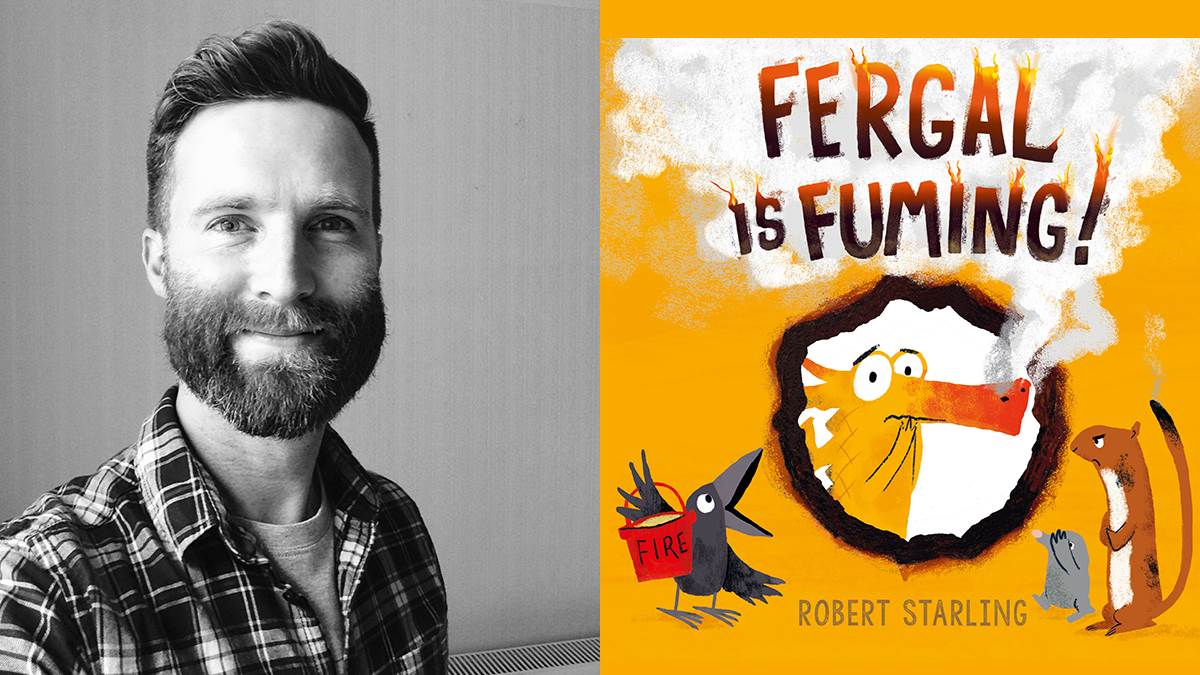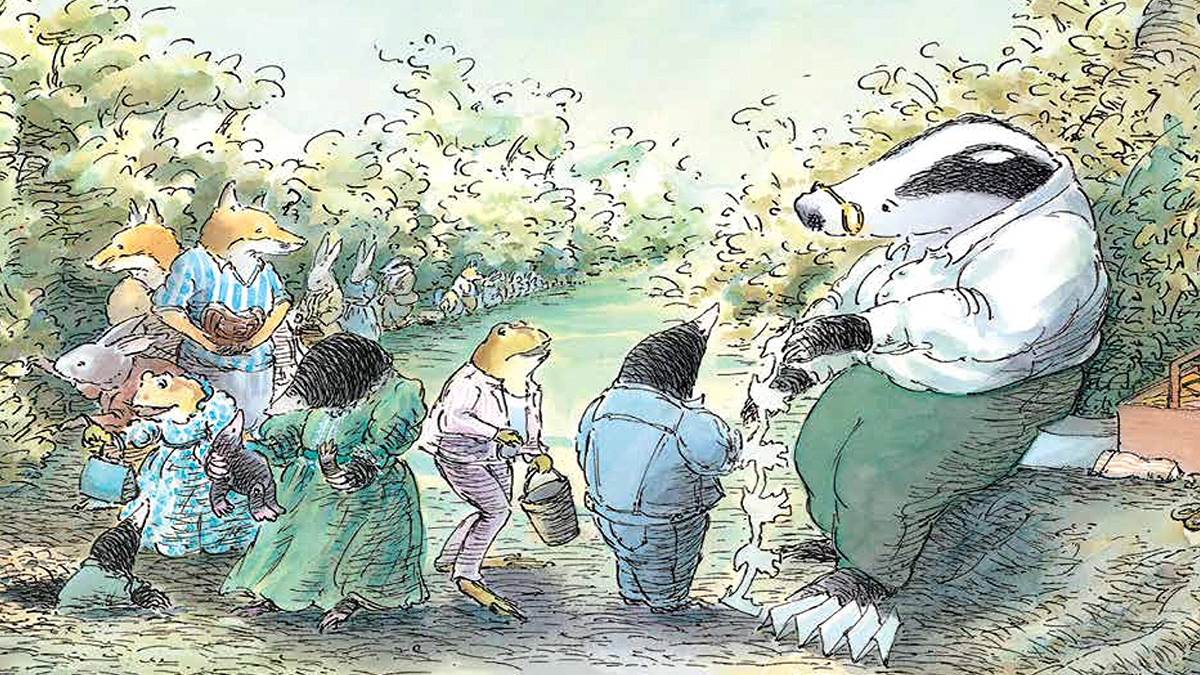How books help children discuss difficult feelings – and feel less alone
Published on: 2 Awst 2018 Author: Robert Starling
Fergal is Fuming is a brilliant new picture book about a dragon with a short temper – and how he learns to calm down.
Now, author Robert Starling tells us how stories are invaluable when it comes to discussing emotions and feelings with young children.

Before I started writing books, I spent many years using books in my teaching. They've always been a really important part of the curriculum – they've been inspiration for writing, a shared experience at the end of the day, and a really useful starting point for discussions (and not just in English).
A well-chosen book can help us explore all kinds of feelings. With a class of children who are about to move up to the next year – a key time for anxiety – a book like Anthony Browne's Silly Billy could help them discuss their worries and what they might do about them.
A book can put into words or pictures a feeling that a child is unable to express. In Shaun Tan's The Red Tree, we see feelings of sadness, frustration and loneliness – and hope – manifested as stunning, evocative paintings. It can be hard to articulate a feeling, even for us adults – but a picture might give us a way in.
Children may also find comfort in You've Got Dragons by Kathryn Cave, where a simple, clever metaphor could give shape to all sorts of concerns. Badger's Parting Gifts by Susan Varley or The Scar by Charlotte Moundlic might help a child to begin to explore very difficult, unfamiliar feelings associated with loss and death.
 Badger's Parting Gifts
Badger's Parting Gifts
One of the most powerful things about using books is the way that we can "distance" the topic. Children might be able to talk about the feelings of a character in a way they could not if it were about themselves.
Book characters can be powerful allies – we pour our feelings into them as we imagine their point of view. We recognise ourselves in their experiences; through a book we might also find a name for the strange feelings we are having.
We don't have to just use books in a reactive way, either. If we discuss different feelings before they happen, we can provide children with the right vocabulary to talk about how they feel.
By teaching emotional literacy we can prepare children for future experiences, help them empathise with others and show them that others have their own, interior world of emotions. It's important that children know they are not on their own.
How to use books to explore emotions
While some books are more obviously aimed at tackling emotions, others will provide great opportunities as part of the plot. Thinking about characters, and inferring their feelings and motivations, is one of many skills we practise during primary school.
By encouraging the children to think about why characters are behaving in a certain way, we can help children to put themselves in another's shoes.
In class, we might talk about what could have happened if the character had made a different choice. We might 'hotseat' a child in character, or write a diary to explore how a character feels. All of this helps develop empathy and the vocabulary of emotions.
We could also extend their understanding by creating a "missing chapter'"to explain how a character felt between scenes, or write about what happened after the story.
One thing is for sure: whatever the emotion, there will be a book out there to help frame the discussion.
Topics: Personal/social issues, Everyday life, Features, Teacher tips






Add a comment